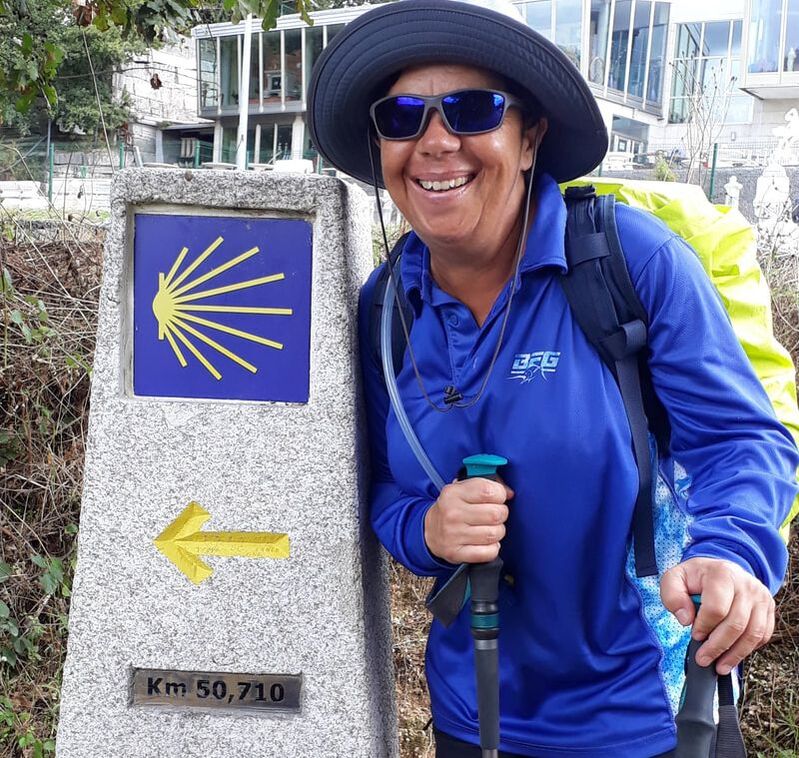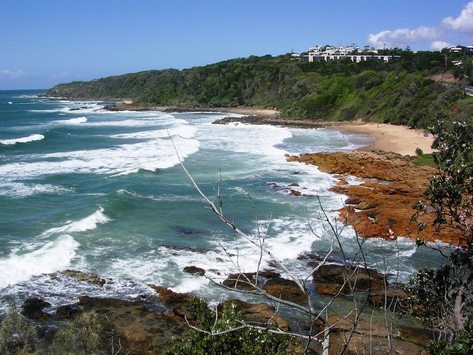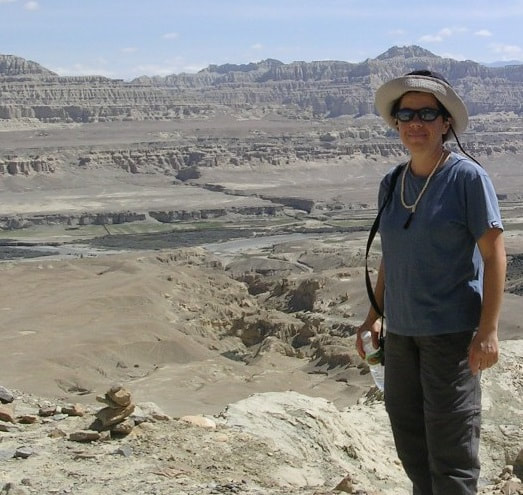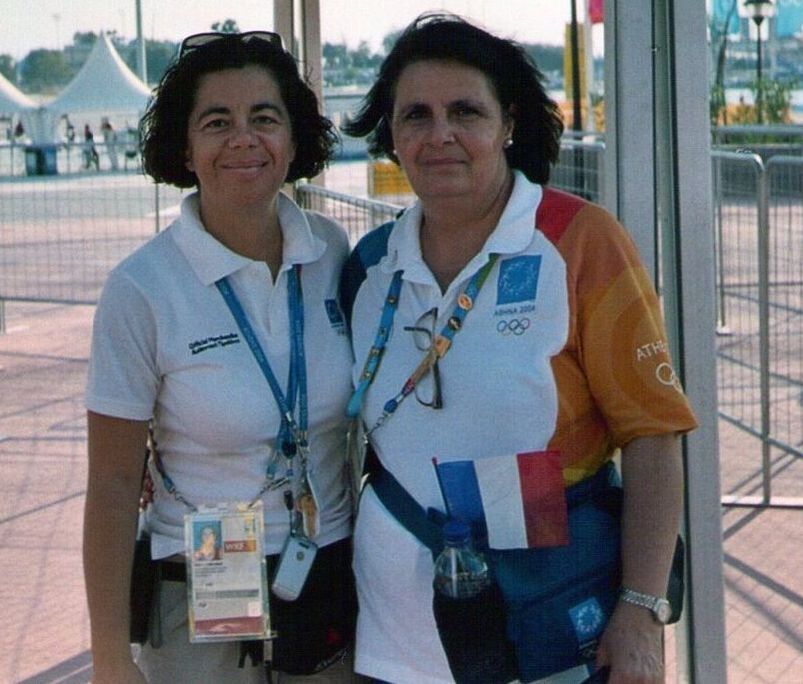|
“Rural life still good?” “Rural? You mean beach life?” I responded during a recent online chat. “It’s very laid back.” Life in Coolum Beach (approx population: 7200) is still leisurely, despite the installation of a third set of traffic lights in town - I’m still getting used to our relatively new roundabout on the main street. One of the reasons I left Sydney (pop: 4.5 million) was so I wouldn’t have to sit in traffic, waiting for the lights to turn green. I admit I get irate and impatient when I visit Maroochydore (pop: approx 13,000) about 20 minutes down the road, as it's got heaps more traffic lights. I'm afraid my tolerance levels for road congestion and stop-starting at traffic lights have diminished significantly. It’s why I avoid travelling to Australia’s third largest city, Brisbane (pop: 1.8 million), which is just 120km down the motorway. During my one visit there last year, every muscle in my body progressively tightened as I approached the city outskirts. The noise, congestion and all those extra people reinforced the fact that I just don’t like big cities anymore. It hasn’t always been that way. From rural to mega Although I grew up in Sydney, I spent three years in Bathurst (pop: less than 30,000 in the 1980s) and then Goulburn (pop: 20,000) before living in the world’s most populated mega city – Tokyo, Japan (pop: 13 million). I was overwhelmed and amazed by the crush of people on the streets and in subway trains. You couldn’t walk along the footpath without continually bumping into pedestrians, without so much as a gomen nasai (sorry); there just wasn’t any room to step out of the way, so no point apologising. You inevitably got swept along the fast-paced human tide, while unwitting gaijin (foreigners/tourists) who stopped abruptly in the middle of the footpath inevitably caused a multi-person pile up. Greece’s capital Athens (pop: 4.5 million) was equally hectic. Despite its relatively smaller numbers, life was always buzzing along, streets gridlocked with endlessly beeping motorists who regularly ignored pedestrian crossings and stop signs. It was mayhem at 1000 decibels. As a pedestrian, you couldn’t afford to dawdle; that’s how I learnt to weave around the traffic and accounts for my shameless jaywalking habit. How to make your head spin Forget merry-go-rounds and roller coast rides. If you want to give yourself that dizzy-I-think-I’m-gonna-pass-out kinda feeling, click here to watch the world clock tick over at an astounding rate. The current world population is just over 7 billion and it’s growing by more than 80 million people every year! That’s about 3.5 times Australia’s population – every year. They’re just mind-numbing statistics. So here’s some more: • It took until 1800 for the world’s population to reach 1 billion. • It now takes about 13 years to add another billion. • Worldwide, women are having about half as many children as they did 50 years ago. • In 1950, 1 in 5 babies died before age five. Today, 93 percent survive. Most populated countries 1. China 1.34 billion (density: 139.54 people per sq km) 2. India 1.2 billion (360.34 per sq km) 3. USA 313.5 million (32.19) 4. Indonesia 234.1 million (122.01) 5. Brazil 193.4 million (22.72) Source: World Atlas And here are some interesting comparisons that caught my eye: 10. Japan 127.3 million (337.13 people per sq km)* 52. Australia 22.8 million (2.92) 114. Singapore 4.9 million (7197.11) 188. Monaco 33,000 (16,500 per sq km) * The Greater Tokyo Area boasts around 33.2 million people, overshadowing Australia’s population, even though we’re about 20 times bigger in land mass compared to Japan. Have I mentioned that I enjoy statistics? I also did a Google search on the most populated cities in the world, however, found too many discrepancies about the top five and their relative populations; those with more than 10 million people include Tokyo, Sao Paulo, Mexico City and New York. Phew… that’s a heck of a lot of people compared to our tranquil beachside town of Coolum! How I ended up in Coolum When I left Sydney three years ago, I had no fixed destination in my plans. My only desire was to live near the beach, somewhere in Queensland. I’d visited the Gold Coast, located south of Brisbane, many times but felt it was way too crowded for my liking. Although I’d vaguely heard of the Sunshine Coast, I’d never been here and didn’t know anyone here either; which is exactly the type of place that attracts me. So I continued driving northwards until I arrived in this spectacular location and I knew this was the place. It felt right, as if I belonged here. In fact, it feels like I’ve always been living here. Have you ever lived somewhere that's always felt like home? Related post: Three ways to make instant friends
4 Comments
Jenny Duckworth
10/5/2012 01:10:01 am
Being from Sydney myself, I can relate to your feelings. We lived on the southern outskirts, and didn't have to navigate the city traffic each day, but when we did, I always found it stressful as many people were unwilling to let you change lanes - so you had to be always thinking well ahead to make sure you were in the correct lane to turn - and make sure the street wasn't a one way street!
Reply
Hari Kotrotsios
10/5/2012 08:28:57 am
I know what you mean about changing lanes in city traffic, Jenny. It can be quite harrowing when other motorists ignore you or don't watch where they're going!
Reply
11/5/2012 06:01:02 am
And of course the exponential population explosion just doesn't make news.
Reply
Hari Kotrotsios
11/5/2012 06:14:50 am
There are lots of interesting statistics, if you've got the inclination to ponder over them, Ilyhana!
Reply
Your comment will be posted after it is approved.
Leave a Reply. |
 Portuguese Camino 2019 Portuguese Camino 2019
Travel blogs
New Zealand 2008 Tibet 2007 New Zealand 2006 Melbourne 2006 United Kingdom 2004 Athens Olympics 2004 Peru 2003 Beijing to Athens 1994 Nepal 1991 Categories
All
Archives
December 2019
|
|
I acknowledge the traditional Custodians of the land on which I work and live, the Gubbi Gubbi / Kabi Kabi and Joondoburri people, and recognise their continuing connection to land, the waters and sky. I pay my respect to them and their cultures; and to Elders past, present and emerging.
|
© 2024 HARI KOTROTSIOS
|



